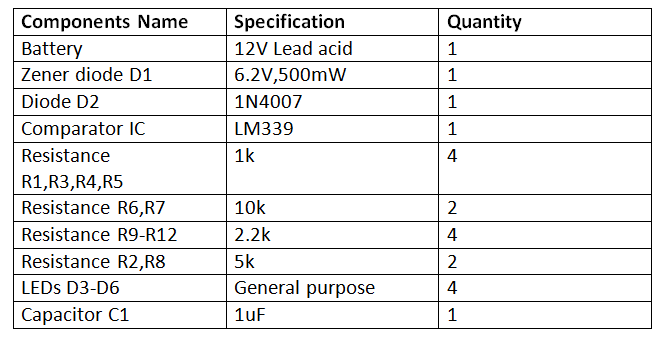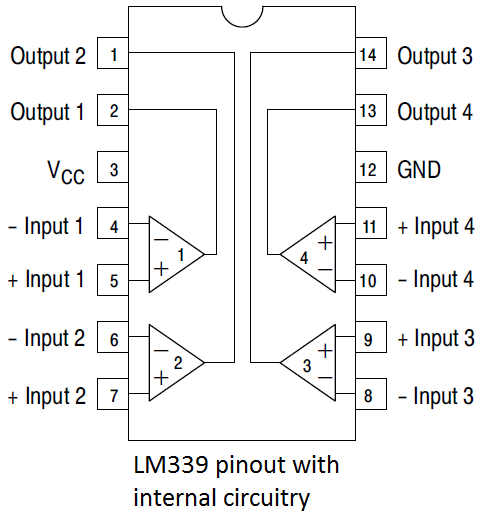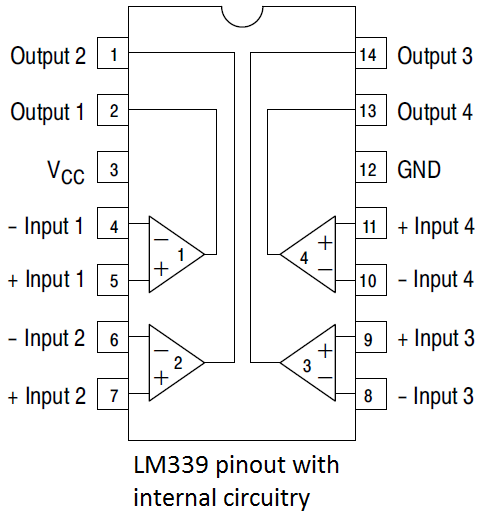This era is an era of portable devices. Like smartphones and tablets are small computers that can be taken anywhere, more and more gadgets that can be taken anywhere are the new craze. These light-weight and portable devices are being developed in domains of electronic applications. All such devices are run on batteries. The batteries are the lifeline of all such devices. The use of batteries itself though requires certain precautions. The most common issue with the use of batteries is their overcharging and over discharging. Also, it is important to keep track of the charge level of batteries attached to a device, so that it can be timely charged before it discharges to the level that the device gets nonoperational. For the same purpose, the devices that run on batteries must have a battery charge indicator.
Secondly, some batteries have high tolerance limit for overcharging and some may explode after a certain limit of charging. That is why it is important to disconnect the battery from charging when it reaches its maximum limit. A battery level indicator gives the visual indication of the battery state and so allow disconnecting it before over charging. Also, by battery level indicator, the user is instigated to charge the battery before it dies.
Depending upon the state of battery there are two ways to indicate charge level, one is the state of charge (SOC) method and another is the death of discharge (DOD) method. SOC is the measure of the stored charge in the battery and DOD is the measure of the degree by which battery is getting emptied relative to the total capacity of the battery.
In this project, a battery level indicator is designed using state of charge method. SOC method is more convenient to use and easy to design. SOC of the battery can be determined by the voltage level at the terminals of the battery or by measuring current output of the battery. In this project, the SOC of a battery is determined by sensing the terminal voltage level of the battery. Therefore, for sensing the voltage level of the battery, an integrated circuit is required which can precisely detect the voltage across the terminals of the battery.
In this project, a 12V Lead Acid battery is used. with a voltage rating of 12 V, this battery has maximum charging voltage at 13.5 V and end of discharge voltage at 10.5 V. The end of discharge voltage is the voltage below which any device connected to the battery will stop operating. For sensing the terminal voltage level of the battery series, LM339 IC is used.
LM339 is a single supply quad comparator which has four channels to detect the magnitude of analog voltages and indicate the voltage level by lighting up to 4 LEDs. So, the IC is designed to indicate four voltage levels respective to a common voltage reference. For voltage indication, LEDs can be connected to the IC. Each LED draws current in the range from 5 mA to 6 mA current. Practically, it is seen that LEDs indicated the voltage level from 10.45V to 13.5V.

Circuit Connections –
For designing this battery level indicator it is important to understand pin diagram and pin configuration of LM339 IC. This is a comparator IC which is specially designed for low-level sensing. Internally LM339 consists of four OPAM which acts like comparators and detect the voltage level. This IC has low offset voltage (+/- 2 mV) and low bias current (Typically 25 nA). The supply voltage of LM339 can vary from 3V to 36V and split supply can vary from +/-1.5 V to +/-18 V. The input common mode voltage is around -0.3 V to Vcc. The input common mode voltage is the acceptable input voltage range for the operation of LM339.
Ideally, the zero-volt output of OPAM should be zero. But due to a mismatch in the input transistor of OPAM, the OPAM gives zero output at non-zero input values. So, an input offset voltage is needed. This voltage is the required voltage at both the input terminals of the OPAM to make the output voltage zero.
Bias current or input bias current is the leakage current which flows in and out of the input terminal of the OPAM. The range of input bias current is from Nanoamperes to picoamperes. So, MOSFET OPAM has input bias current in picoampere and BJT OPAM has input bias current in nanoampere.

Project Source Code
Circuit Diagrams
Filed Under: Electronic Projects



Questions related to this article?
👉Ask and discuss on EDAboard.com and Electro-Tech-Online.com forums.
Tell Us What You Think!!
You must be logged in to post a comment.